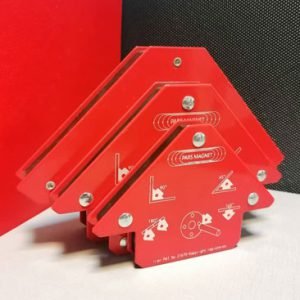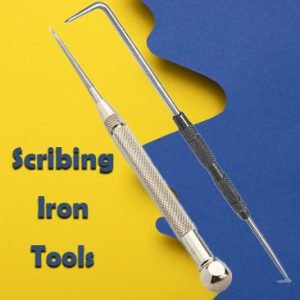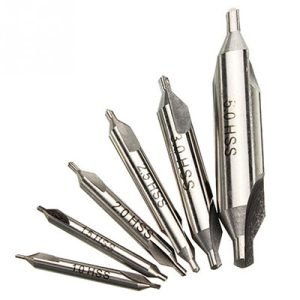aluminum extrusion: everything you need to know about
- Understanding Aluminum Extrusion
- Exploring the Variety
- From Concept to Creation
- Where Aluminum Extrusion Shines
- Conclusion
Understanding Aluminum Extrusion: A Deep Dive into the Product
Aluminum extrusion is a manufacturing process where aluminum is forced through a die to create complex cross-sectional shapes. It begins with heating aluminum billets to a malleable state, then pushing them through a shaped opening in a die using a hydraulic press. This process allows for the creation of custom profiles with precise dimensions and intricate designs. The resulting extrusions can vary in size, from small intricate pieces to large structural components.
Due to its versatility, this product finds applications in various industries, including construction, automotive, aerospace, and electronics. Its lightweight nature, corrosion resistance, and high strength-to-weight ratio make it a preferred choice for many engineering and design projects.
Discover how measuring tools play a crucial role in ensuring precision and accuracy throughout the process.
Exploring the Variety: Types and Variants of Aluminum Extrusion
Aluminum extrusions come in a wide range of types and variants to suit different needs. Common variations include T-slot extrusions, which feature slots for easy assembly of structures using nuts and bolts. Other types include hollow, solid, and semi-hollow profiles, each offering unique properties for specific applications. Additionally, aluminum alloys can be customized to enhance properties such as strength, corrosion resistance, and thermal conductivity.
Understanding the available types and alloys is crucial for selecting the right extrusion for a given project.
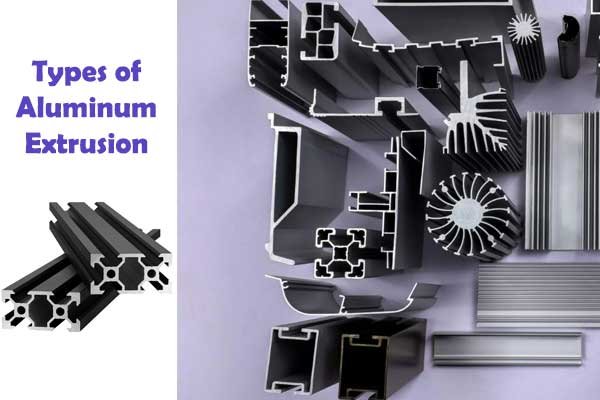
From Concept to Creation: Practical Applications
Aluminum extrusion finds diverse applications across various industries. In construction, it is used for framing systems, curtain walls, and architectural elements due to its strength, durability, and aesthetic appeal. In the automotive sector, they are utilized for structural components, body frames, and heat exchangers to reduce weight and improve fuel efficiency.
The aerospace industry benefits from aluminum extrusion for aircraft frames, fuselage sections, and interior components, where lightweight materials are essential for performance and efficiency. Additionally, this product is widely used in consumer electronics for heat sinks, frames, and casings, owing to its thermal conductivity and sleek appearance.
Where Aluminum Extrusion Shines: Diverse Applications Across Industries
The versatility of aluminum extrusion allows it to shine in numerous applications across various industries. In architecture, it is employed for windows, doors, and structural frameworks due to its lightweight nature and corrosion resistance, offering both strength and aesthetic appeal. In the automotive sector, aluminum extrusion is utilized for chassis components, engine parts, and heat exchangers, contributing to improved performance and fuel efficiency.
The marine industry benefits from aluminum extrusion for boat frames, masts, and railing systems, where resistance to saltwater corrosion is crucial. Furthermore, aluminum extrusion finds applications in the manufacturing of furniture, machinery, and signage, showcasing its adaptability and reliability across different sectors.
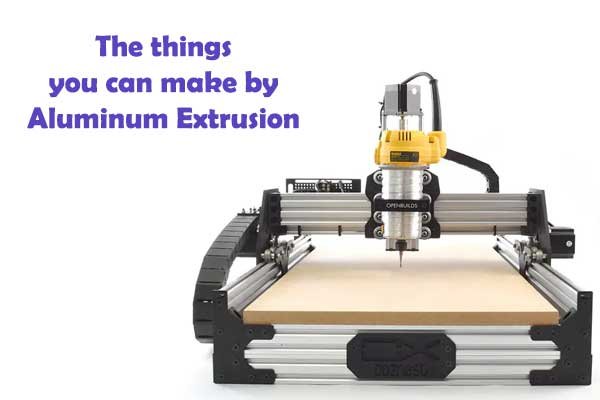
Conclusion: Harnessing the Potential of Aluminum Extrusion
In conclusion, aluminum extrusion stands as a cornerstone in modern manufacturing, offering a versatile solution for crafting intricate designs across a multitude of industries. Its lightweight yet robust nature makes it indispensable in construction, automotive, aerospace, and beyond. Through understanding its production process, variant types, and practical applications, we unlock the true potential of aluminum extrusion.
As we continue to innovate and explore new frontiers, aluminum extrusion remains a steadfast ally, driving efficiency, sustainability, and ingenuity in design and construction projects worldwide.
source: Aluminum Extrusion Profile from Zivon



